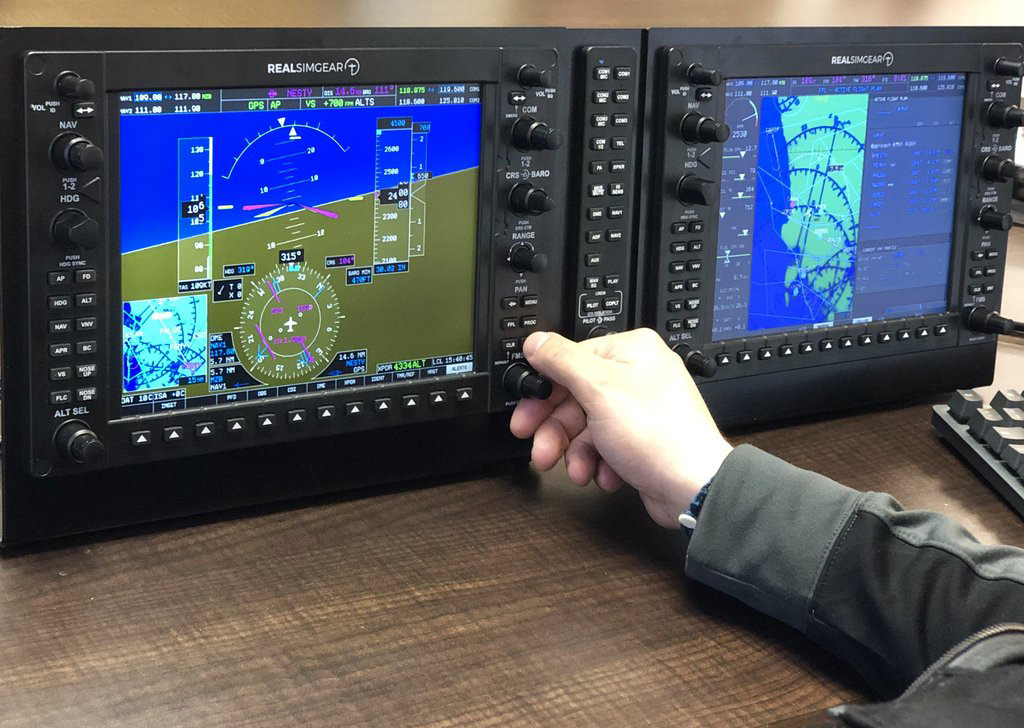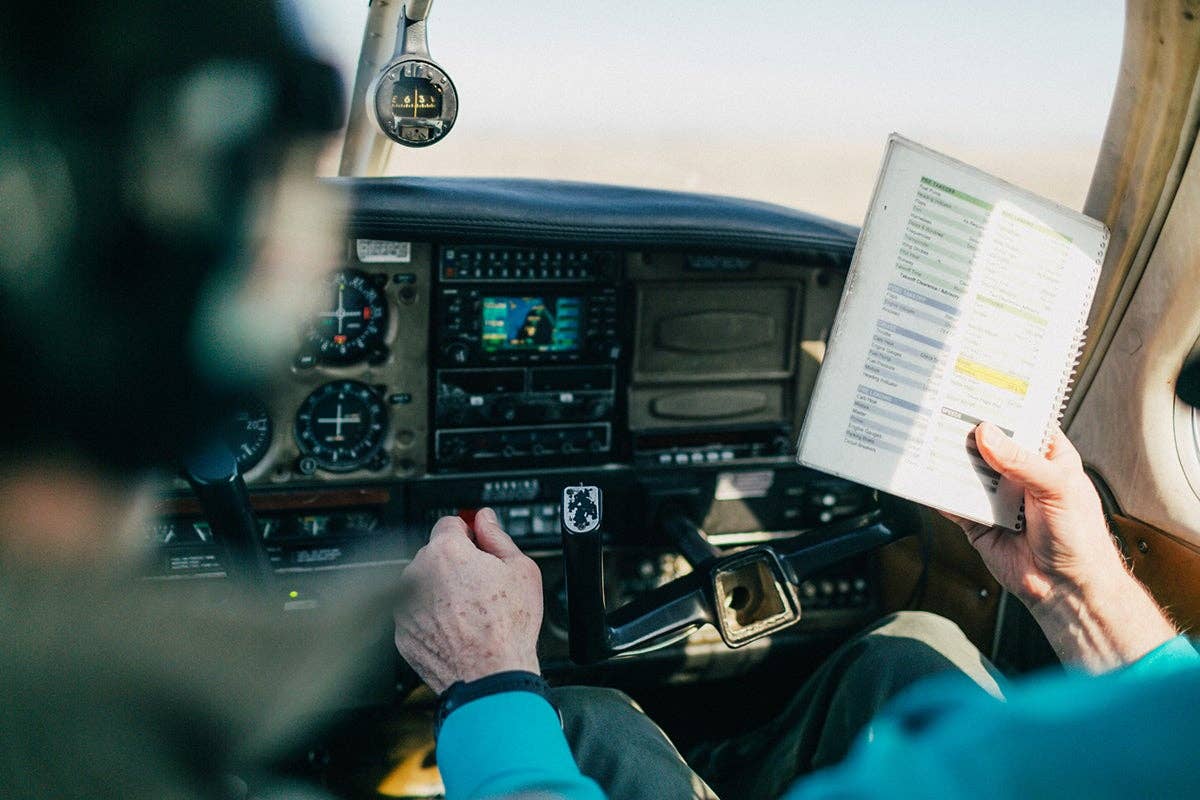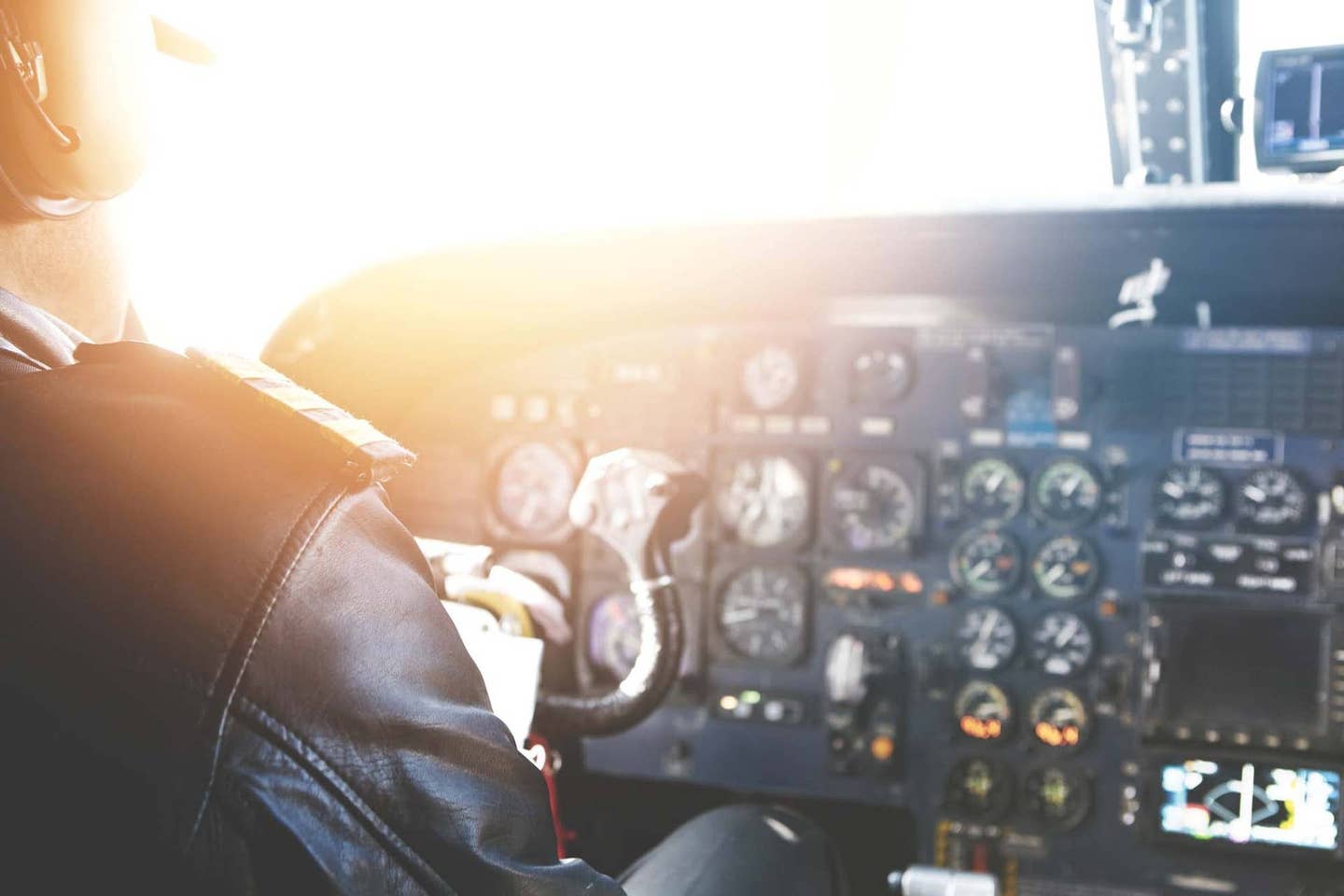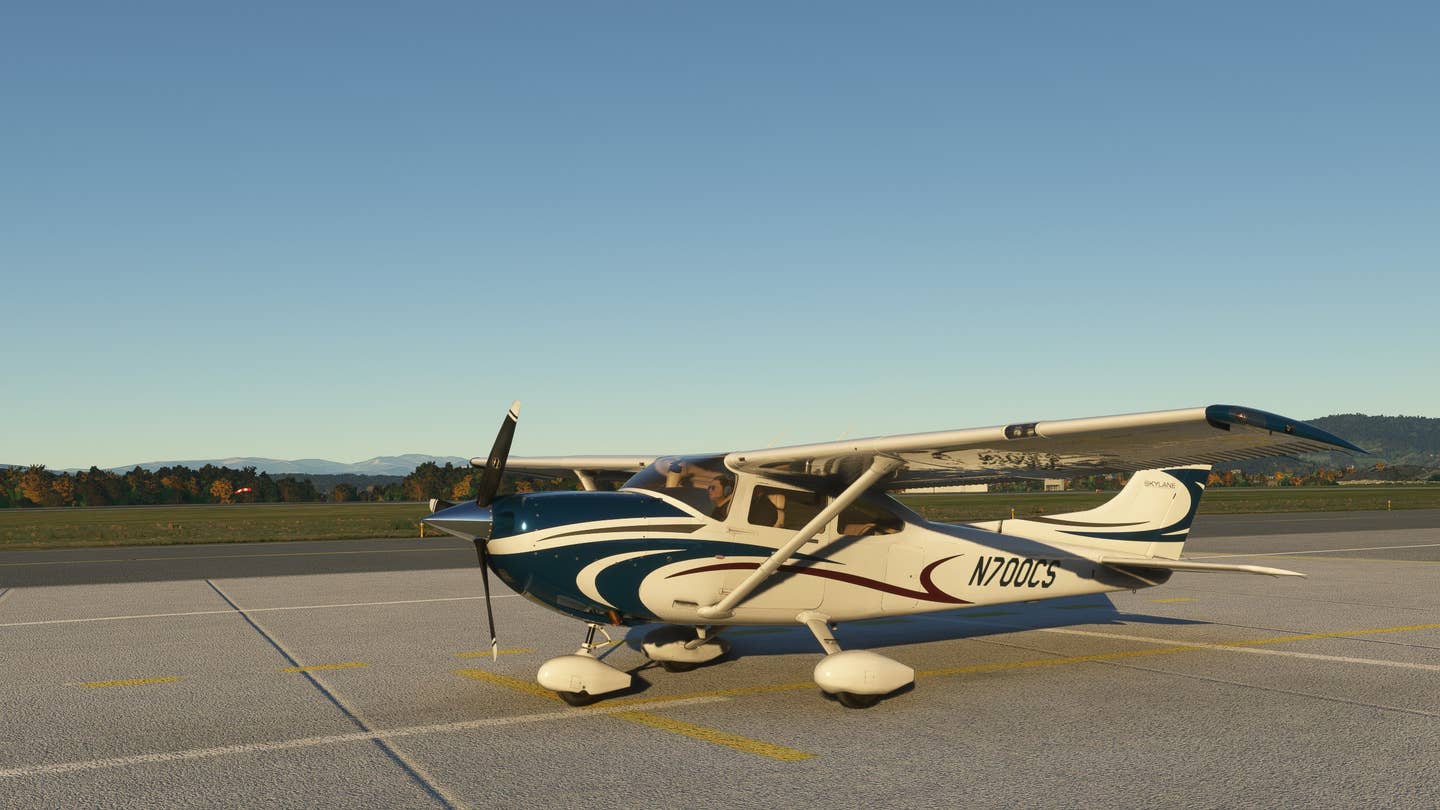
Robert Goyer
June 2010 I HAD HEARD THE NAME REDBIRD Flight Simulations before, but it wasn't until I got a call from my former Meridian instructor, Bill Inglis, who told me that he was buying a pair of Redbird full-motion simulators for his flight-training company, that I took the opportunity to learn more about the sim maker.
I’m glad I did, and the process couldn’t have been easier, since it turns out that Redbird is located just 10 minutes down the road from me in Austin, Texas.
The motive force behind Redbird Flight Simulations is Jerry Gregoire, a former PepsiCo and Dell executive who, like me, has flying in the DNA. He flies his CJ1+ out of my home airport, KAUS, and lives right outside of town. The main core of people at Redbird is a group of longtime colleagues who have been working together since the PepsiCo days. (They’re a loyal bunch; if you visit, don’t bother looking for the Coke machine.)
As a single-pilot CJ driver (and King Air owner/pilot before that), Gregoire has been doing recurrent training in Level D sims for years. In fact, it was as Gregoire was just getting out of a $10 million CJ simulator at FlightSafety one fateful day several years back that the notion occurred to him: “Hey, I bet I could build something like this but for a lot less.” A lot of us have had the same idea, but the difference was that Gregoire had the means, the business experience and the wherewithal to do something about it. And then he actually did it.
Redbird introduced its FMX to tremendous customer response at AirVenture 2007 — businesses in adjoining booths were complaining all week long about the overflow. Last year Redbird delivered 43 of its FMX AATDs, and it plans to deliver more than 70 in 2010.
Redbird actually has four different products at this point: the FMX full-motion, fully enclosed advanced aircraft training device, $58,800; the SD, an AATD nearly identical to the FMX but lacking the motion, $38,800; the LD, which lacks the motion and the enclosure and sells for $28,800; and the FD, a desktop G1000 trainer that goes for $6,995 and is categorized as a basic aircraft training device (BATD). The FD will be sold exclusively through King Schools.
These are not just toys. Redbird’s AATDs can be used to build a few hours toward the private certificate and much more extensively on the commercial ticket, the IFR and ATP ratings and for certain types of currency. The BATD is nearly as useful, and the hours between the two can be combined. Whereas flight schools are the primary customers for the FMX, Gregoire expects a lot of private individuals to buy desktop trainers from King Schools.
Cessna, too, is a customer. Many of its Cessna Pilot Centers use the Redbird FMX for training. And Gregoire is quick to point out that the colorful sims — they can be painted in any scheme the flight school desires, including Independence Blue — are a great way to get people in the door.
Difference Makers
Redbird is doing things in ingenious ways everywhere you look, and the panel is a good place to start. Of course, on the best sims and on a few higher-cost AATDs, the panels and the cockpit aren't simulated: They're the real McCoy. On lower cost units, they're usually generic airplanes or a single model of airplane.
Redbird took a different route. It chose to make its cockpits and instrumentation very similar (though not quite identical) to existing airplanes by making just about everything in the package interchangeable. That includes the sticks or yokes, the throttle quadrant and the entire instrument panel.
It’s an ingenious solution, to essentially make the airplane modular. The throttle quadrant, for instance, is installed in a slide-in box, sort of like a radio, that you can pull out to replace with a different configuration. Likewise, the yokes are interchangeable, so you can go from a Cessna 182 to a Cirrus SR22 control interface in the blink of an eye. For certain models, there are even plug-in overheads and circuit-breaker panels.
The real magic, though, is found in the panel. Redbird uses a clear, acrylic overlay that simulates the panel of the airplane chosen — customers can order sim models down to the layout of a one-off add-on radio, for instance. Redbird mounts instrument bezels on top of the acrylics. The bezels have all the same kinds of buttons and knobs as the original does, even though they are made with commercial off-the-shelf parts. These instrument bezels then control circuit boards imbedded within the acrylic. Mounted behind the clear “panel” are a pair of LCDs driven by the flight-sim computer that mimic the displays of the instrument, such as the Garmin 430.
A new acrylic for a different model of airplane can be purchased at the time the customer buys the sim, or it can be added on later, though Gregoire doesn’t think there are many customers who bought a single-model trainer last year. One of the chief advantages of the Redbird model is that you can get multiple airplanes for the cost of one sim.
Just as you can change the panel in a few minutes, you can change out the throttle quadrants and the flight control apparatus simply by loosening a few screws by hand, pulling out the old module box and inserting a new one. The system automatically recognizes the new setup.
The brain behind the FMX is Microsoft ESP, a commercial flight-simulation back end that is used in a number of military and commercial simulation applications. So if the effect feels a bit like Flight Sim X, there’s good reason for that.
Another great feature is the pilot key, an encrypted USB drive that pilots use to access the sim, just as they would use a key in an airplane — well, you can’t use it to check the magnetos. The pilot key can, however, do a number of things a normal key can’t, such as keep track of training history and let the pilot and/or instructor play back the flight on a home flight-simulator program. It can also store the mission scenarios the pilot is authorized to fly or keep track of flight meter time for the folks in billing.
Portability and accessibility are key to Redbird’s model. Even the full-motion FMX sim can be disassembled and moved through a standard single-interior doorway and can be operated under a standard eight-foot ceiling in a room as small as 16 square feet. Plus, it operates on standard 100-volt house current, so no special wiring is needed.
This all fit the bill for my former instructor, Bill Inglis, who is starting his own training company, Legacy Flight Training, at Vero Beach (Florida) Airport and has ordered two of the Redbird FMX advanced aircraft training devices. Bill was attracted to several of the FMX’s features, but key was the sim’s ability to be reconfigured as several different airplanes. In Bill’s case, he’ll be taking delivery of one that’s set up to serve as a Piper Meridian with interchangeable panels simulating the Meggitt, Avidyne and G1000 equipment that different iterations of the airplane came with. The other trainer will be for Mirage instruction and will, likewise, have interchangeable panels.
Motion Solution
The Redbird FMX's other defining characteristic, in addition to interchangeable panels, is that it's a full-motion unit. Like everything else in the FMX, this is done in a whole new way, and it required the most experimentation to get the right solution. For cost, maintenance, safety and compactness of design, Redbird decided early on against hydraulics and pneumatics and went with electricity for its full-motion sim.
To back up a bit, the electric solution works only because of the enclosure design of the FMX, which is essentially hung on a giant gimble. To initiate motion in any roll or pitch is easy, because all the motor needs to do is give it a little push and it’s moving. Yaw is handled by a motor that just pulls or pushes the “tail” of the airplane in either direction as it takes orders from the flight-simulation computer.
The effect is a simulator that uses inexpensive technology and very little power to move very convincingly on three axes.
Flying the FMX
I got the chance to try my hand at the FMX, this one playing the role of a Cessna 182. Jerry was in the right seat, operating the instructor's module, a tablet stylus-controlled PC computer that's attached to the sim computer with a long USB cable.
The view outside is simulated by the use of six LCD monitors, and the effect is very convincing. Each monitor is run by its own high-performance graphics card, and it shows. The motion of the scenery is smooth and natural, and the background detail is good, if not always completely realistic. Other details, including runway and taxiway markings, were superb; I could even feel the bumps in the expansion joints as we taxied over them.
The flying experience is very much like I've experienced in other flight-training devices in the sense that, when you're taxiing, taking off or landing, you need to fly with more lead time and less urgency to get the desired effect. In the air, I was impressed. The FMX flies very much like a real airplane.
I was skeptical going in, but I have to admit, the motion was great. Did it feel exactly like a real airplane? Not exactly, but surprisingly close in most regards.
On departure, I hopped on the rudders and felt the tail wag first one way and then the other in convincing fashion. I did a few steep turns, which I found to be quite realistic and confirmed that I am indeed a bit rusty on my air work. I even put the virtual Skylane into a spin, and it responded in a similar fashion to the real airplane, though we weren’t actually spinning. But the combination of motions working together along with the simulated outside view made the effect quite realistic.
On approach back to Austin with a 500-foot overcast (to give me time to appreciate the effect of breaking out before I had to land), I was impressed by the weather modeling and the turbulence. It was a good workout, and I came away convinced that the motion will do a lot to give would-be instrument pilots a good sense of what real-world IFR feels like, something I experienced for the first time only on my own and in actual conditions.
From Flight School to Den
As more and more of its units get out into the field, Redbird's sims are likely to change the way that pilots train and the way that flight schools teach. On days that were formerly unflyable, students will be able to hop in the FMX and learn something lasting. Moreover, they'll be able to do it for pennies on the dollar, something that will keep flight schools happy and students coming back for more.
For more information about Redbird’s simulators, visit redbirdflightsimulations.com.

Sign-up for newsletters & special offers!
Get the latest FLYING stories & special offers delivered directly to your inbox






